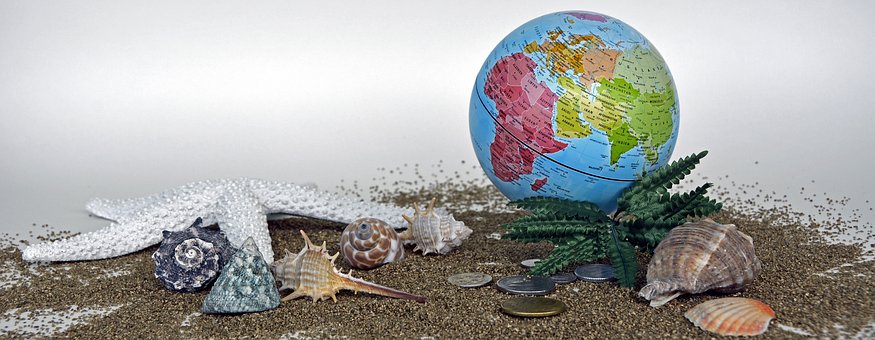Emissions and Plastics
What Exactly are Emissions All About?
In a previous article in our series on “Our Planet” we learned about the source of crude oil, that it is extracted from deep beneath the earth’s surface and processed. The effects of these actions and further developments surrounding these effects drive public awareness and regulations. Controversies exist and, in fact, are some of the driving forces behind the development of solutions to the problems. But what exactly are the problems? To understand this, let’s follow the path of crude oil to the point of conversion.
Drilling for oil whether in the ocean or on land involves an endeavor of great proportions. It starts with identifying a location for drilling that will yield the ability to extract oil. That involves geologists often using seismology and other scientific tools. Once located, the legal issues surrounding the site boundaries, ownership and right-of-way needs, and environmental impact studies all affect the decisions to drill.
Once a site is approved for drilling, the site is cleared, and sometimes roads are built. Water is needed in drilling, so a source is required, and if not readily available, a water well is drilled. Rocks and mud produced from the drilling need to be relocated. If the area is an ecologically sensitive area, this requires hauling offsite. Otherwise, a hole is dug, a reserve pit, to use as a disposal site. Ironically, it is typically lined with plastic to protect the environment.
Next, the digging of holes begins to make ready for the rig and main hole. This includes a pit around the location of the actual drilling hole where workers can store accessories and perform specified tasks. Once all these are ready, the rig is brought in. Generally, there are seven systems within the oil drilling rig, a main system is the power system needed to run the entire program. This includes large diesel engines and electrical generators.
There are several additional steps, but sparing the details, the concept presented entails manpower, equipment, time, and money just to get the drill into the ground. When the depth is reached, another set of procedures is needed before extracting the oil. Once oil is flowing, the oil rig is removed from the site to make way for the production equipment, which extracts the oil from the well.
As the production phase collects the oil, it needs to be stored, transported, and processed. Distilling the crude oil prepares it for a variety of uses. Crude oil is used as a base component of transport fuel, plastics, chemicals, and petroleum products. It can be used to produce tar, asphalt, paraffin wax and lubricating oils. It can be used to make perfume, fertilizer, and computers.
During distillation the crude oil is burned, which emits carbon into the atmosphere as carbon dioxide. Likewise, different fuels (with a primary source from crude oil), emit different amounts of carbon dioxide or CO2. The differences relate to the energy they produce when burned.
Before distilling, however, the oil drilling process requires fuel to bring the crude oil to the surface. Ironically, the energy source upon which we've become so dependent requires energy sources just to collect it. This means while we drill for the energy source, we are burning fuel, often the same type of energy for which we are drilling! And when fuel is burned, it emits CO2, and CO2 emissions contribute to the problem that damages our atmosphere.
 You may recall from your elementary science lessons the natural cycle known as photosynthesis whereby green plants absorb carbon dioxide and emit oxygen. The primary concern with this natural cycle, when paired with human production of CO2, is the effects on the atmosphere and raises questions about climate change. CO2 emissions are increasing faster than the natural cycle can absorb. The rise in CO2 emissions is a direct threat, and at the same time, the world can’t live without the crude oil that essentially is the cause of the emissions.
You may recall from your elementary science lessons the natural cycle known as photosynthesis whereby green plants absorb carbon dioxide and emit oxygen. The primary concern with this natural cycle, when paired with human production of CO2, is the effects on the atmosphere and raises questions about climate change. CO2 emissions are increasing faster than the natural cycle can absorb. The rise in CO2 emissions is a direct threat, and at the same time, the world can’t live without the crude oil that essentially is the cause of the emissions.
This predicament continues to be front and center and has produced some very successful avenues for solutions. Recycling, a theory to reuse our “used” or waste plastic, is one of the earliest solutions. Its concept includes an original plan to reuse recycled material reducing the amount of new material needing to be produced. We’ll see how that has progressed over the last 50 or so years in our continuing series with a look at various solutions broadly and in detail.

